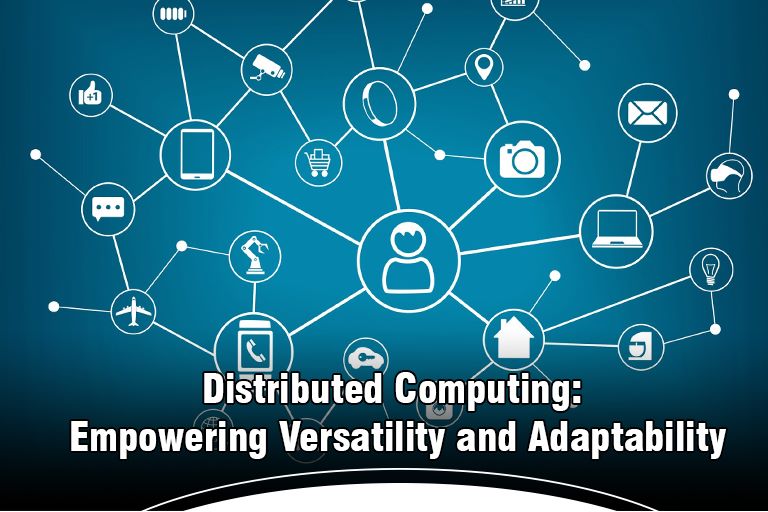In the present quickly developing computerized scene, organizations are continually looking for ways of upgrading their tasks, driving proficiency, and gaining an upper hand. One innovation that has changed how organizations work is distributed computing. Distributed computing offers an adaptable and versatile answer for overseeing information, applications, and administrations, empowering associations to adjust and fill in a unique climate. This article investigates how distributed computing engages organizations with versatility and adaptability, empowering them to flourish in the advanced age. Versatility, the capacity to deal with expanded responsibility, is a basic variable for organizations, everything being equal. Customary on-premises framework frequently battles to deal with unexpected spikes sought after, bringing about framework stoppages or even total disappointments. Distributed computing settles this test by offering limitless adaptability. With cloud administrations, organizations can undoubtedly increase their assets or down, contingent upon their necessities. Whether it's an unexpected flood in site traffic, a spike in web-based exchanges, or the need to deal with enormous volumes of information, the cloud can rapidly dispense extra processing power and capacity ability to deal with the expanded burden. This versatility guarantees that organizations can convey consistent client encounters, keep up with elite execution, and stay away from exorbitant margin time.
- Cost Proficiency:
- Global Reach:
- Disaster Recuperation and Business Progression:
- Elasticity and Asset Streamlining:
- Innovation and Coordinated effort:
- Scalable Information Stockpiling and Investigation:
- Rapid Arrangement and Time-to-Market:
- Auto Scaling and Burden Adjusting:
- Seamless Updates and Support:
- Scalable Turn of events and Testing Conditions:

